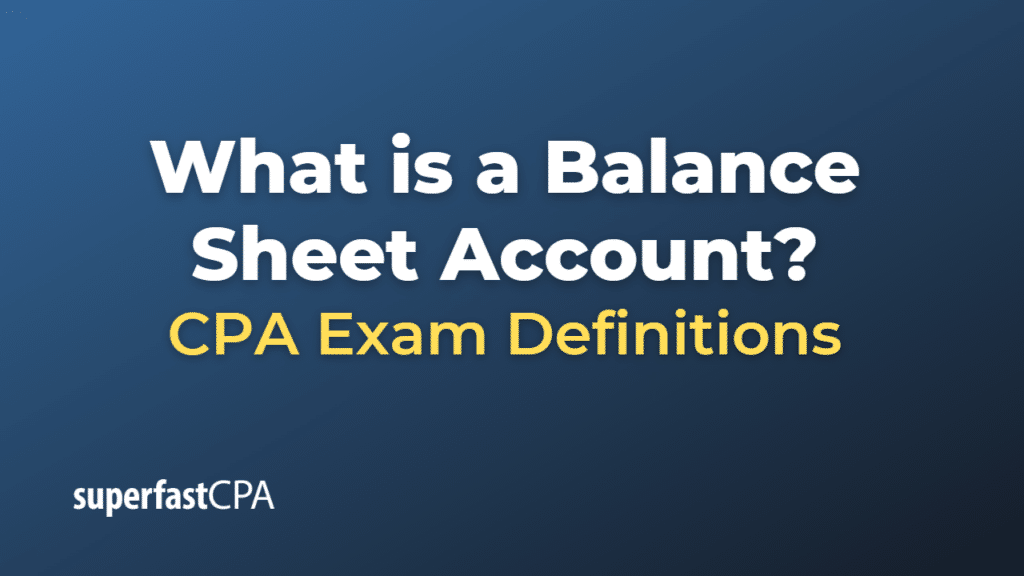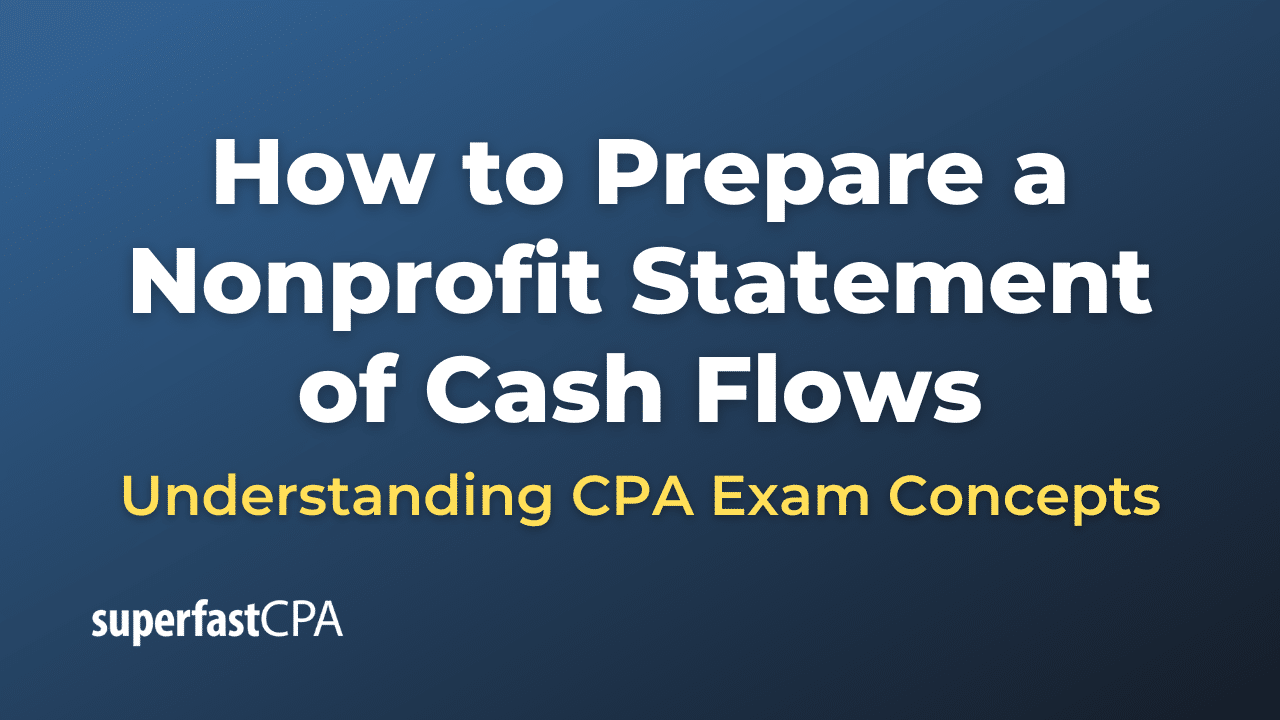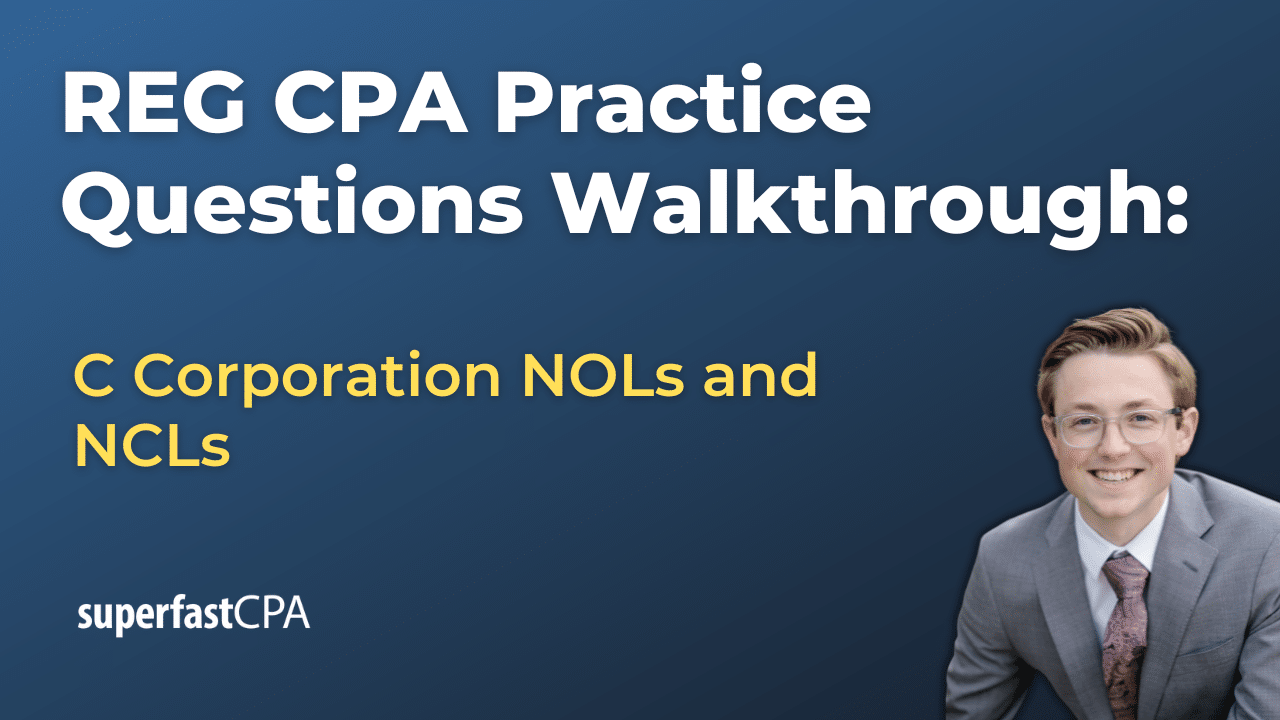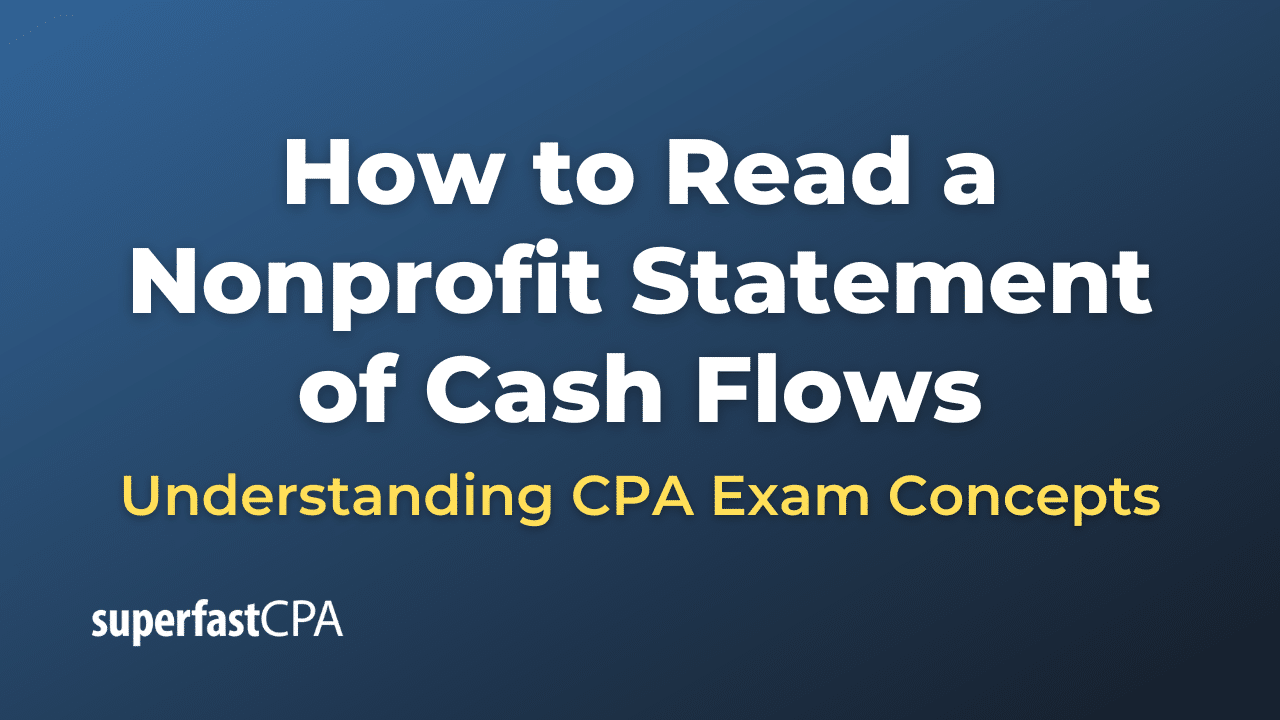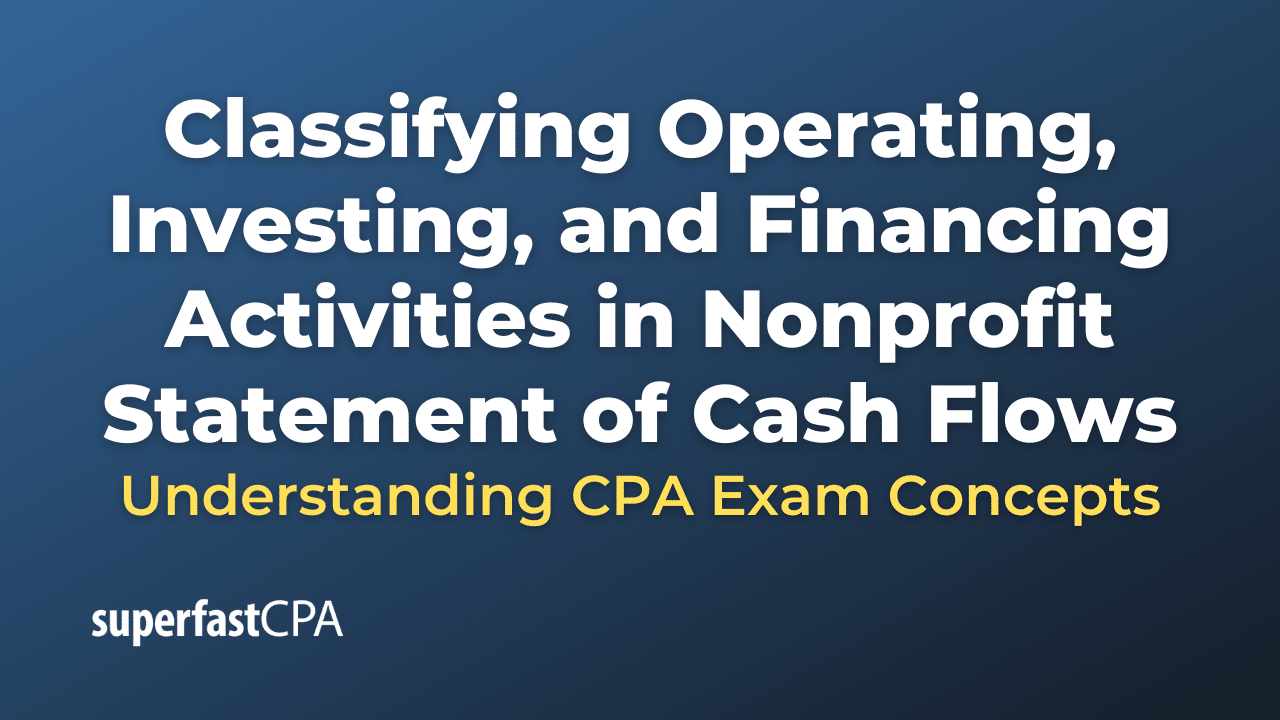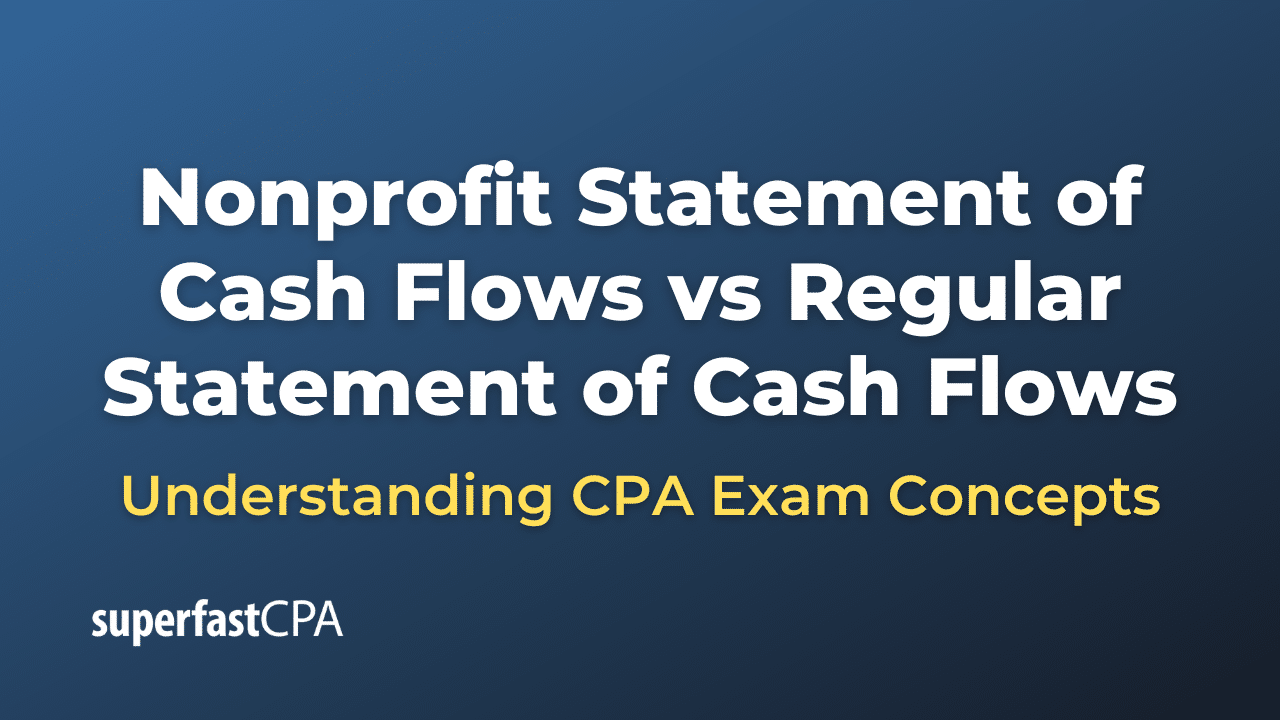Balance Sheet Account
A balance sheet account is an account in a company’s general ledger that appears on the balance sheet, which is a financial statement that provides a snapshot of a company’s financial position at a specific point in time. Balance sheet accounts represent the company’s assets, liabilities, and shareholders’ equity.
There are three main categories of balance sheet accounts:
- Assets: These accounts represent what a company owns or has control over. Asset accounts include cash, accounts receivable, inventory, property, plant, and equipment, and other tangible and intangible assets.
- Liabilities: These accounts represent what a company owes to others, such as creditors and suppliers. Liability accounts include accounts payable, short-term debt, long-term debt, and other financial obligations.
- Shareholders’ Equity: These accounts represent the ownership interest of the company’s shareholders. Shareholders’ equity accounts include common stock, preferred stock, additional paid-in capital, retained earnings, and treasury stock.
Balance sheet accounts are used to track the changes in a company’s financial position over time, and they play a crucial role in financial reporting and analysis. Periodically, companies prepare their balance sheets using these accounts to provide an overview of their financial health to investors, creditors, and other stakeholders.
Example of a Balance Sheet Account
Here is an example of a simplified balance sheet for a fictional company called “ABC Corp.” at the end of the fiscal year:
ABC Corp. Balance Sheet As of December 31, 2022
Assets:
- Cash: $50,000
- Accounts Receivable: $30,000
- Inventory: $20,000
- Property, Plant, and Equipment (Net): $100,000
Total Assets: $200,000
Liabilities:
- Accounts Payable: $10,000
- Short-term Debt: $20,000
- Long-term Debt: $50,000
Total Liabilities: $80,000
Shareholders’ Equity:
- Common Stock: $10,000
- Additional Paid-in Capital: $40,000
- Retained Earnings: $70,000
Total Shareholders’ Equity: $120,000
Total Liabilities and Shareholders’ Equity: $200,000
In this example, each line item represents a balance sheet account. Assets include cash, accounts receivable, inventory, and property, plant, and equipment. Liabilities include accounts payable, short-term debt, and long-term debt. Shareholders’ equity consists of common stock, additional paid-in capital, and retained earnings.
The total assets equal the sum of total liabilities and shareholders’ equity, which ensures that the balance sheet is in balance, as required by the accounting equation: Assets = Liabilities + Shareholders’ Equity.

